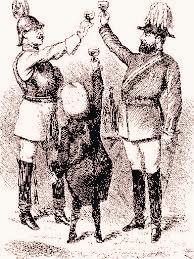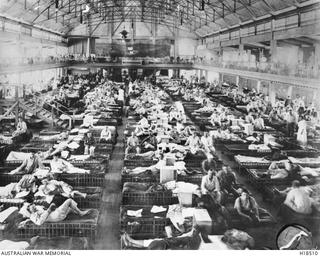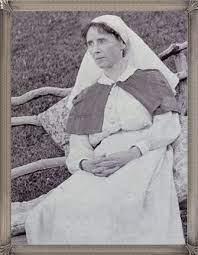Women in WW1 Women in WW1
 By Lea Vuleta
By Lea Vuleta


 By Lea Vuleta
By Lea Vuleta

The Great War could not have started without M.A.I.N.


During the months of the leadup toward the first world war, Austria-Hungary and Germany were already building up their armies and soldiers in preparation for the war. This is a course of action known as Militarism. The policy of building up strong armies in preparation of battle or war.


As the great war broke out on the 28th of July Austria-Hungary declared war against Serbia and the tenuous peace between Europe’s great powers quickly collapsed. Within a week Great Britain, Russia, and France had lined up and formed an Alliance where they agreed to aid and protect one another against Austria-Hungary and Germany, creating the triple entente.



During the battles between Britain. During the period of the war many European countries fought and stole land from other European countries. Before the war had started Austria-Hungary had hoped and planned for the takeover and conquering of Serbia which Is known as imperialism.



The great war is believed to have started in Sarajevo, Bosnia, where Archduke Franz Ferdinand (the heir to the Austro-Hungarian empire) was assassinated by a Serbian man named Gavrilo Princip. Princip was a Serbian Nationalist meaning that he found an intense pride and devotion to his country. The goal of Princip and other nationalists were to end the Austro-Hungarian rule of Bosnia and Herzegovina.



June 28, 1914
Theassassination ofAustroHungaryheir
FranzFerdinand
August 1st, 1914

April 25th
October 6th
December 19th 1915
May 18th
June 14th
July19th
November 11th1918
Austria-Hungary declaringwaron Serbia,causing thewartobegin in4days
Australianand NewZealand allieslandin
Gallipoli,Turkey
Serbiaisinvaded byGermany, Austria,and Bulgaria
The evacuationof Gallipoli
ANZACs arrivein France

Battleofthe Sommebegins
Thebattleof Fromelles
Theend ofworld war1


The Australian Army Medical Corps, which included the Australian Army Nursing Service (AANS), was formed in July 1903. More than two thousand of its members served internationally during the war alongside Australian nurses employed by other groups like the Red Cross, the Queen Alexandra's Imperial Military Nursing Service (QAIMNS), or privately funded clinics.



In addition to working in casualty clearing stations nearer to the front lines, the women also worked in hospitals and on medical ships and trains. From Egypt, Lemnos, england, France, Belgium,Greece, Palestine, India they provided service. Eight of them received the Military Medal for bravery, and many of them were decorated.

On April 24, 1876, Ethel Grey was born in Melbourne. She was the oldest of the eight children born to Amelia, née Bird, an Englishwoman, and Samuel Grey, an Irish clothesmaker. She attended Lee Street State School and the Presbyterian Ladies' College in East Melbourne. In March 1900, she began her nursing internship at Melbourne Hospital. On March 12, she obtained her certificate, and two days later, she was promoted to staff nurse. She was given another promotion to sister on May 29.



In January 1915 Ethel volunteered to join the Australian Army Nursing Service to help her country as she had deep patriotism for Australia and felt as though it was ‘right for her’





Ethel Grey has achieved a Royal Red Cross award followed by Commander of the Order of the British Empire, and Medaille de la Reconnaissance Française, being the first and only Australian woman to win the award.


https://www.centenaryofanzac.tas.gov.au/history/women_a nd _ war/nurses#:~:text=Nurses
https://www.centenaryofanzac.tas.gov.au/history/women_a nd _ war/nurses
https://adb.anu.edu.au/biography/gray-ethel-6462

https://www.awm.gov.au/visit/ exhibitions/nurses/ww1#:~:te xt=More%20than%203%2C0 00%20Australian%20civilian,t o%20loved%20ones%20serv ing%20overseas.


